.png)
In Fairfax County, we are seeing more extreme heat days per year, on average. In addition to extreme heat, our average annual temperatures are increasing. For more information on these data and our vulnerabilities, please see the Climate Projections Report and the Vulnerability and Risk Assessment. To learn what we are doing to become more resilient to extreme heat, please see the see the Resilient Fairfax plan.
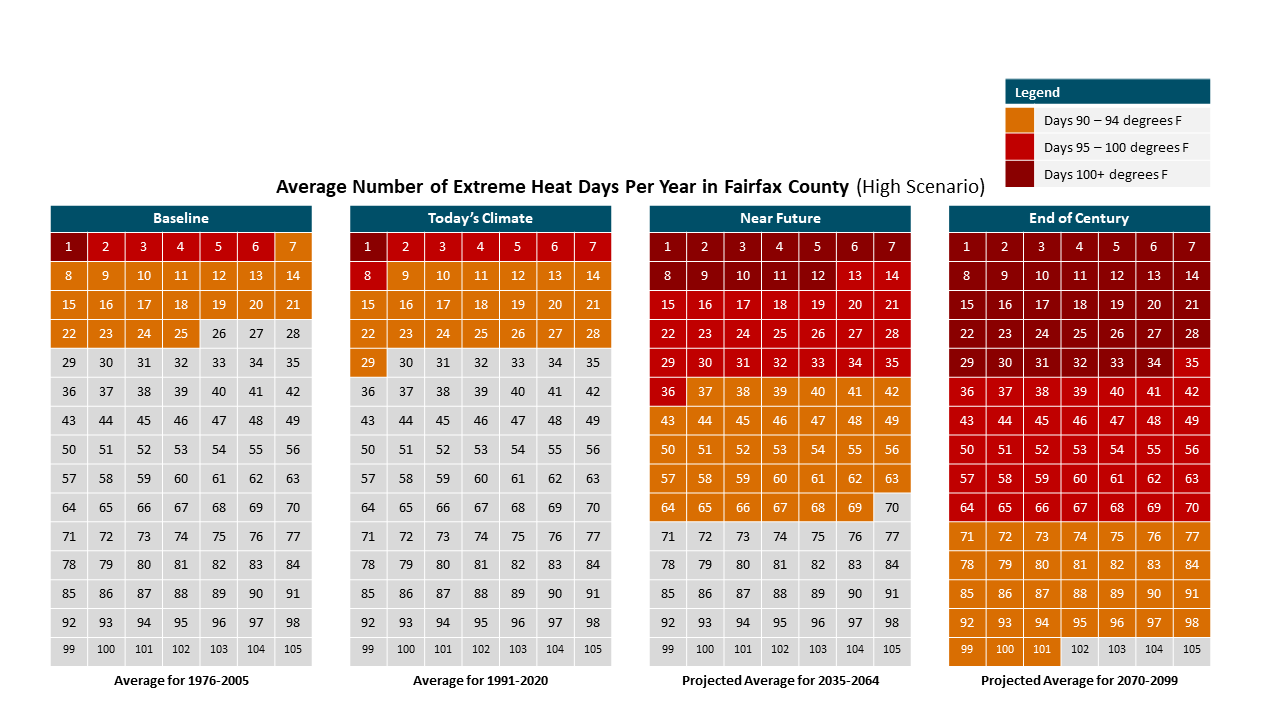
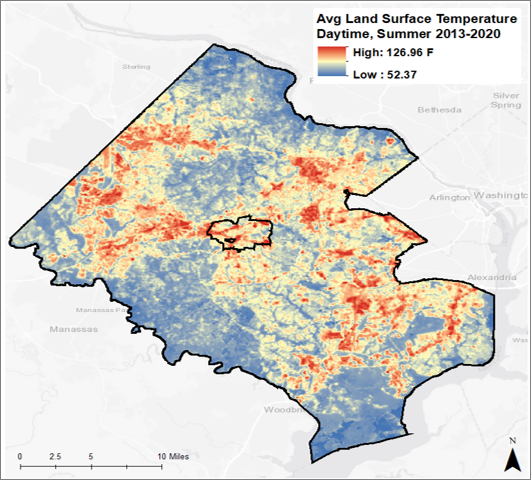 |
In addition to increasing average temperatures, we have "Urban Heat Islands" in Fairfax County. Urban Heat Islands are areas that are significantly hotter than other areas. This map shows the real average land surface temperatures during the day for the summers of 2013-2020. The areas in red have hotter temperatures on the ground than the areas in blue. During extreme heat events, people in our Urban Heat Islands may need the most help. To see an interactive version of this map, please click this link. |
The good news is that there is a lot we can do to become more resilient to extreme heat! Please see the “Take Action” section below for quick tips or see the Resilient Fairfax plan to learn more.
Fairfax County is experiencing "wetter" conditions (or more flooding) over time. Rainstorms in our area are becoming heavier or more intense. Intense rainfall leads to flooding because our stormwater systems are not designed to handle the intensity of rain we have recently been receiving. Many people assume they are only at risk of flooding if they live in a floodplain. However, did you know that most flooding issues in Fairfax County (97% of requests for help) are not in floodplains? Urban flooding is a more common issue in Fairfax County.
This map shows a variety of flooding types in Fairfax County. Floodplains are shown in light orange. Areas with a high flood score are shown in dark blue. As can be seen in the map, there are many areas with a high flood score that are not in floodplains.
Why does this matter? It is important for you to protect your home from flooding, even if you are not in an official floodplain. Learn about Flood Insurance and other ways to protect your home at this DPWES webpage.
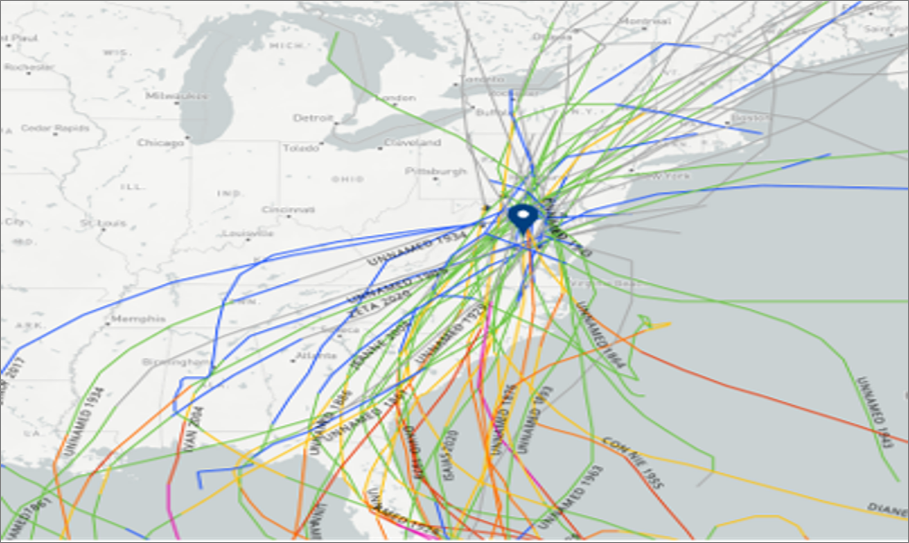 Over the past 40-50 years, extreme weather events and severe thunderstorms in Fairfax County have become more intense. This intensity is on track to continue increasing in the future, due to changes in temperature, humidity, and wind patterns.
Over the past 40-50 years, extreme weather events and severe thunderstorms in Fairfax County have become more intense. This intensity is on track to continue increasing in the future, due to changes in temperature, humidity, and wind patterns.
“Weirder” conditions also include erratic or unseasonal weather and unusual temperature fluctuations.
The Resilient Fairfax plan was adopted in November 2022. Since then, many prioritized strategies have already started.
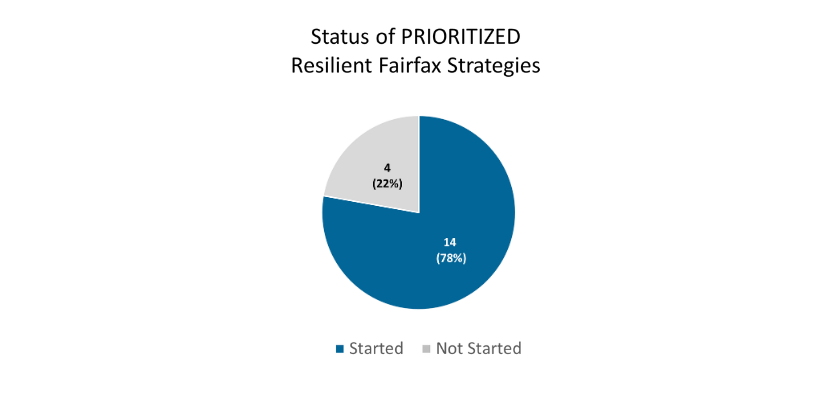
See below for the status of specific strategies. (Last Updated April 2023)

Many “Additional” (non-prioritized) Resilient Fairfax strategies have also started or are ongoing initiatives.
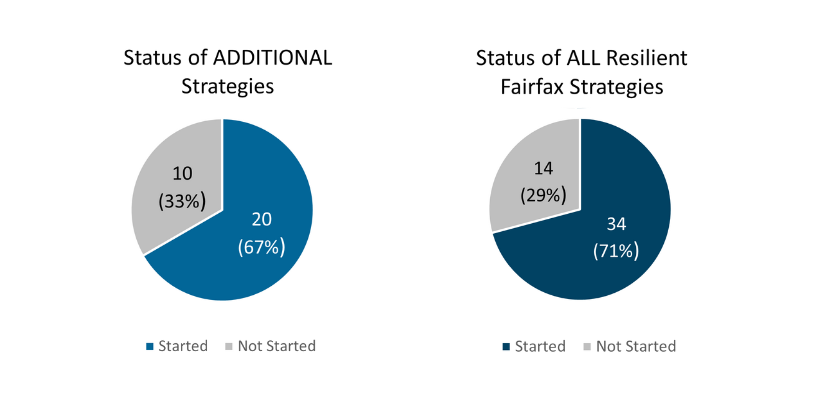
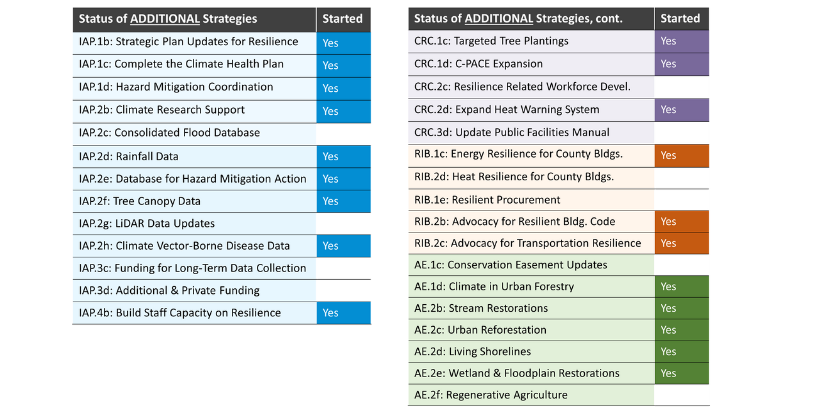
For an accessible version of these strategies and their current status, click here.
Climatic hazards often disproportionately harm certain populations, such as low-income, disabled, or elderly populations, communities of color, those experiencing homelessness, and outdoor workers, among others. In alignment with One Fairfax, Resilient Fairfax advances equity in the following ways:
- Measuring inequitable impacts: During the Resilient Fairfax planning process, the team thoroughly analyzed impacts on vulnerable populations. Details can be found in the Vulnerability and Risk Assessment and the Interactive Climate Map Viewer. An example of how we mapped extreme heat burdens can be seen below.
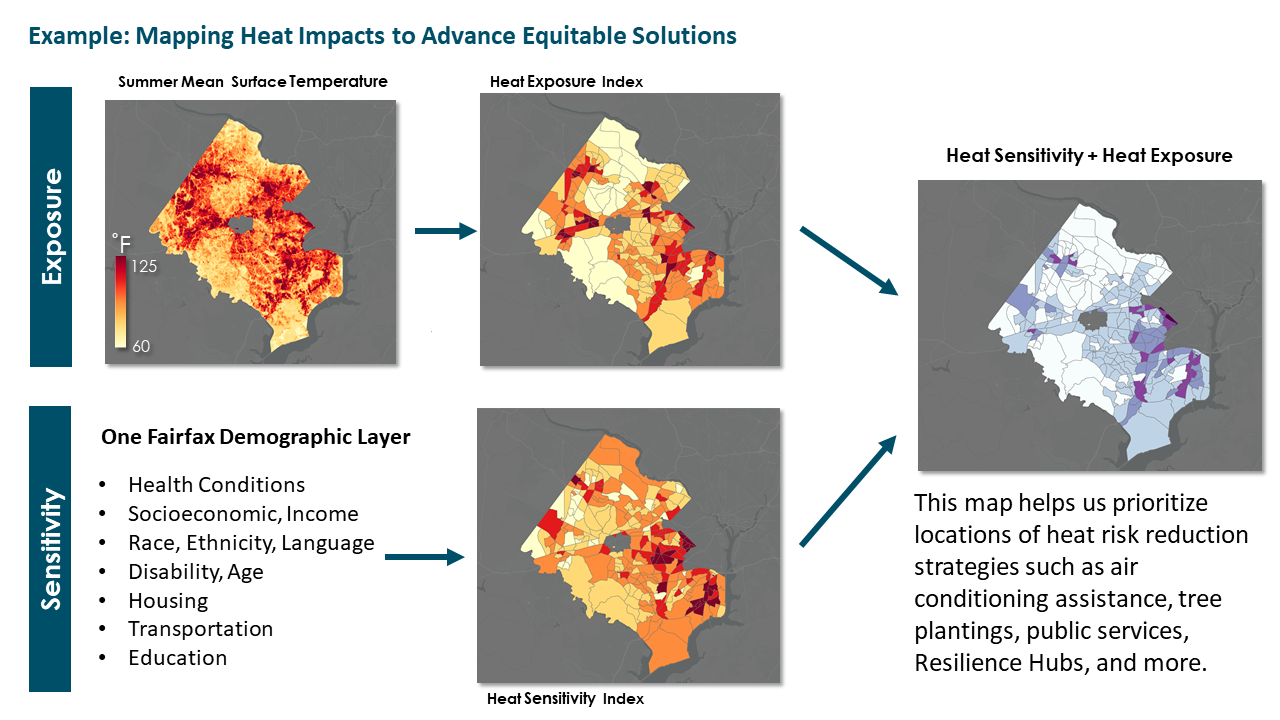
- Inclusive partnership: Community representatives, advocacy organizations, and members of the public were involved throughout the Resilient Fairfax planning process. This engagement will continue and expand in the implementation phase.
- Equity-driven strategies: Resilient Fairfax strategies prioritize underserved populations and equitable implementation. Additionally, strategies such as Adaptation Action Areas, Community Aid and Services, and Resilience Hubs help us connect those who are most burdened by flooding, extreme heat, and severe storms with the help they need. Strategies can be found starting on page 39 of the Resilient Fairfax Plan.
There are many things you can do to boost your resilience to climate hazards. Climate resilience involves a range of topics, county departments, and skillsets. The Resilient Fairfax interagency team is developing detailed guidance including a “Checklist” and resources for residents, which will be available soon. Actions you can take now are linked below.
To get involved with Resilient Fairfax or to join our mailing list, please email ResilientFairfax@fairfaxcounty.gov
 |
Ready Fairfax Explore Ready Fairfax for emergency preparedness |
|
DEMS Watch DEMS webinars on emergency preparedness |
 |
 |
Emergency Kits Make emergency kits for your home and your car |
|
Volunteer Volunteer with the Community Emergency Response Team (CERT) |
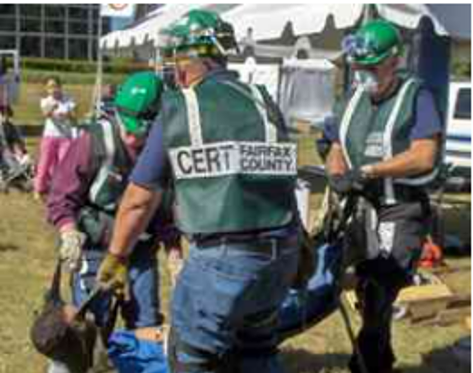 |
|
Stormwater Management Find resources on the DPWES Stormwater Management website |
 |
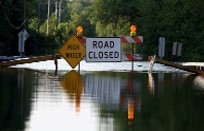 |
Seeing Floods? Report flooding issues in Fairfax |
|
Flood Insurance Protect yourself and your home with flood insurance |
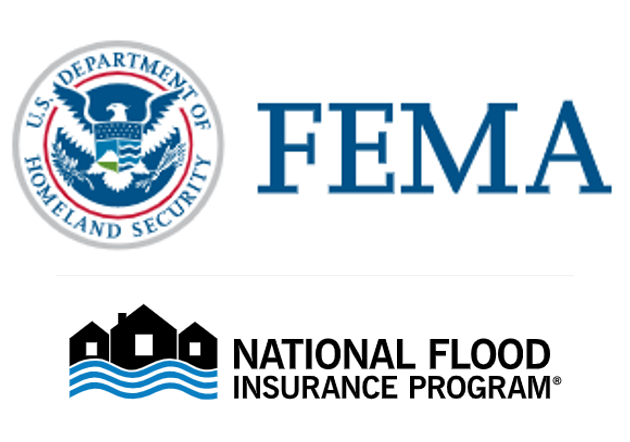 |
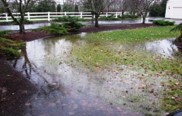 |
Drainage Problem? Find help with drainage and erosion issues on your property |
|
Extreme Heat Explore DEMS’ extreme heat resources |
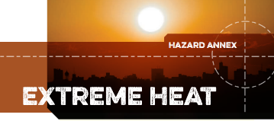 |
 |
Native Plants Plant a native or non-invasive, climate-adapted tree. |
|
Cooling Assistance If you cannot afford air conditioning, apply for Cooling Assistance |
|
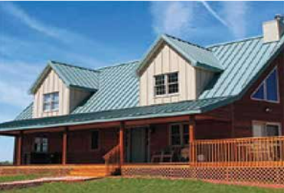 |
Upgrade Your Roof Keep your home cool with cool roofs, sealed leaks, and light-colored external paint |


.png)
